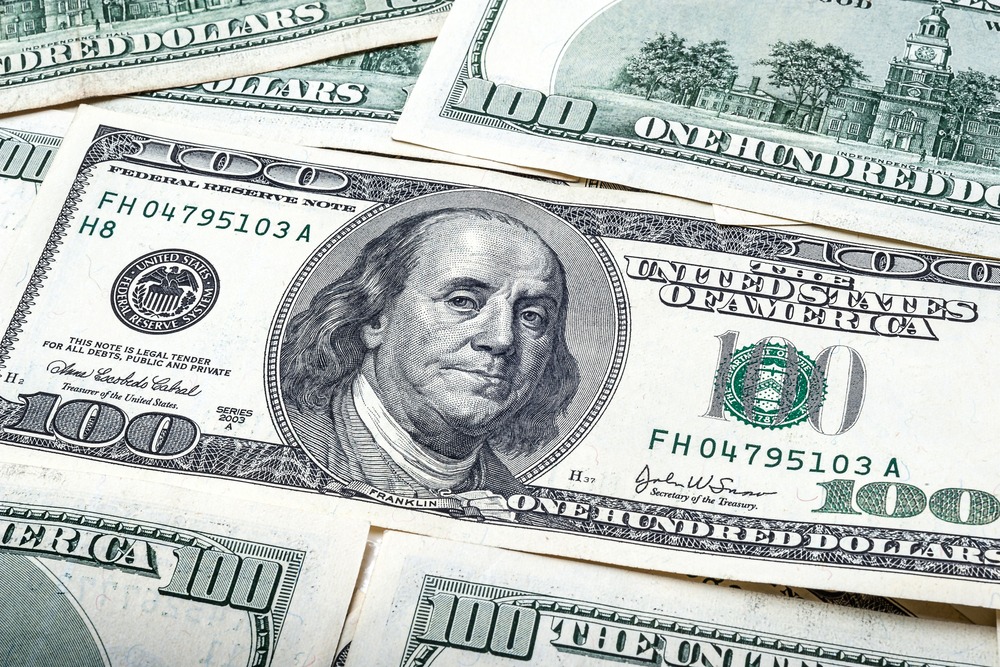Half of the amounts in Caracas are done in U.S. Dollars. According to a published report, part of the payment for food, medicine, and services is in U.S. dollars. A study by Anova Policy and the Venezuelan Financial Observatory collected data from 354 institutions in Caracas. Statistics show that 34.3% of foreign currency cash payments this month accounted for 34.3% of purchases made in supermarkets, pharmacies, hardware stores, and other businesses from 27.5% in December. The report states that the remaining payments in foreign currency were made by bank transfer or card.
The amount of foreign currency in circulation has since increased. Nicolas Maduro’s government eased economic control in 2019 to help businesses struggling with U.S. sanctions and economic turmoil.
According to the study, transactions continued in Venezuela’s Bolivar; Although high inflation reduced its value. The Venezuelan government hopes to strengthen Bolivar after the slowdown in inflation late last year. Also, consider the taxation of foreign currency transactions. However, analysts and business leaders say such a tax would not guarantee Bolivar’s recovery. According to economists, people will want Bolivar when they see that inflation is stable.
Due to the military conflict between Ukraine and Russia, the positive impact of fear alleviation on risk sentiments disappeared when the U.S. imposed sanctions on Russia. The leading Wall Street indices closed the day in the depths of hostile territory. The 10-year yield on U.S. Treasury bonds dropped for the fourth day in a row. Markets remain relatively quiet. Investors are now geopolitically oriented.
Dollar and Focus on Geopolitics
As of early Wednesday, market sentiment was moderately optimistic, with U.S. stock indexes rising 0.15% to 0.25%. The U.S. dollar index, which closed near the 96.00 mark for the second day in a row on Tuesday, continues to move sideways. The president of the Atlanta Fed said Tuesday that they are not sure how sanctions against Russia will affect economic activity. NZD/USD trades at the highest level; More than 0.6770 per month. This is even improved by the New Zealand Reserve Bank policy perspective. The RBNZ increased its policy rate by 25 basis points to a total of 1%.
EUR/USD trades in a relatively tight range, with a total of more than 1.1300; Despite the comments of a member of the Governing Council of the European Central Bank. The ECB can raise the first interest rate in the summer and the second in 2022. GBP/USD fell to 1.3540; However, it managed to clear most of the daily losses and close to 1.3580. The pair is in the tight range below 1.3600 in the early European morning.
Gold hit a new multi-month high of $1,910 on Tuesday. The XAU/USD appears to have entered a consolidation phase at around $1,900 per week. Bitcoin rose on Tuesday after falling to a multi-week low. However, trading continues below $40,000. Ethereum is moving higher after closing in positive territory and growing more than 1%, close to $2,700.
















